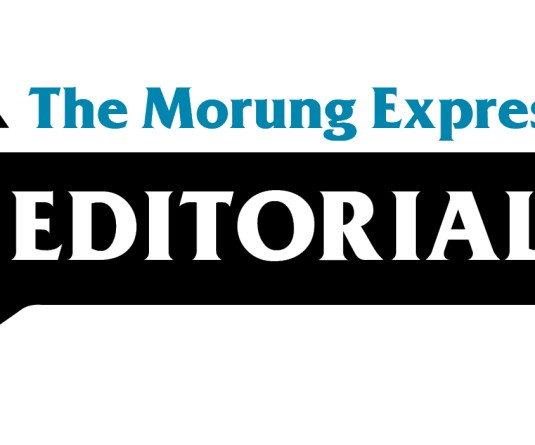
Moa Jamir
When the People’s Democratic Alliance (PDA) Government assumed power in Nagaland in March 2018, led by Neiphiu Rio, one of the central promises was to usher in a new era of transparency through technological advancement.
In his inaugural budget presentation on March 23, 2018, the Chief Minister declared that his administration would fully harness modern information technology tools to enhance governance and promote e-governance at every level. This vision encompassed the mandatory creation of websites for all departments, where comprehensive information about employees, departmental activities, ongoing projects, and more would be readily accessible.
"We must harness the full potential of information technology to enhance overall governance, monitor government activities, address citizens' grievances, and transform the dream of Digital India into a tangible reality," he stated, adding a poetic touch to his speech by quoting the legendary songwriter and Nobel laureate, Bob Dylan, “Times They Are a-Changin.”
Soon after, the Department of Information Technology & Communication launched a full-page advertisement on June 25, 2018, highlighting website updates, social media presence (Facebook/Twitter), and the implementation of the Aadhaar-based Biometric Attendance System (AEBAS) across various government departments.
Using data from the Nagaland State Portal (https://nagaland.gov.in), The Morung Express conducted a follow-up assessment of these websites on March 8, 2019, to gauge the progress of this digital initiative. This marked the second evaluation since June 2017 when many government department websites seemed frozen in time.
The 2019 assessment revealed that while several websites had initially improved post-2017 and in 2018, but they had regressed in the subsequent period. To provide an updated view of the digital transformation following another election and a new government since March 2022, this newspaper initiated a series starting from September 10.
Unfortunately, the results are far from encouraging, with only a few exceptions among departmental websites displaying satisfactory performance. Common issues included quantity & quality of data, disclosures, and freshness.
However, some commendable exceptions stood out, such as the Department of Taxes, Economics & Statistics, and the Chief Electoral Officer, which consistently excelled across all three assessments. Additionally, others such as Nagaland Information Commission, Nagaland Board of School Education, Accountant General (A&E), Nagaland Public Service Commission, and Nagaland Police, demonstrated consistent performance.
On the judicial front, the website of the Gauhati High Court Kohima Bench deserves special mention. It has emerged as one of the most comprehensive websites, providing relevant information, including the latest Right to Information (RTI) details, recruitment updates, and public notifications. More importantly, the court proceedings are streamed live on each working day, with case statuses uploaded on its website by the evening.
The Nagaland State Portal and the Department of Information and Public Relations also deserve credit for their well-maintained and regularly updated websites.
However, it is disheartening to observe that many government websites, especially departmental ones, remain mired in a state of inertia, only briefly jolted into action before reverting to their usual status. This undermines the very essence of the digital drive aimed at transparency, accountability, and harnessing the full potential of information technology for effective governance. Furthermore, it's disappointing to note that even the websites of the State's top constitutional and political heads—the Governor and Chief Minister—fall short in the implementation of digital initiative.
Accordingly, it is evident that the state requires a renewed commitment to digital governance, led from the highest levels. Lagging departmental and other websites should look to emulate the best practices adopted by their top-performing counterparts. Transparency, accountability, and good governance demand that this digital initiative be implemented as a right for the each citizen, rather than serving as a mere facade for the departments or agencies involved.
For any comments, drop a line or two to jamir.moa@gmail.com






